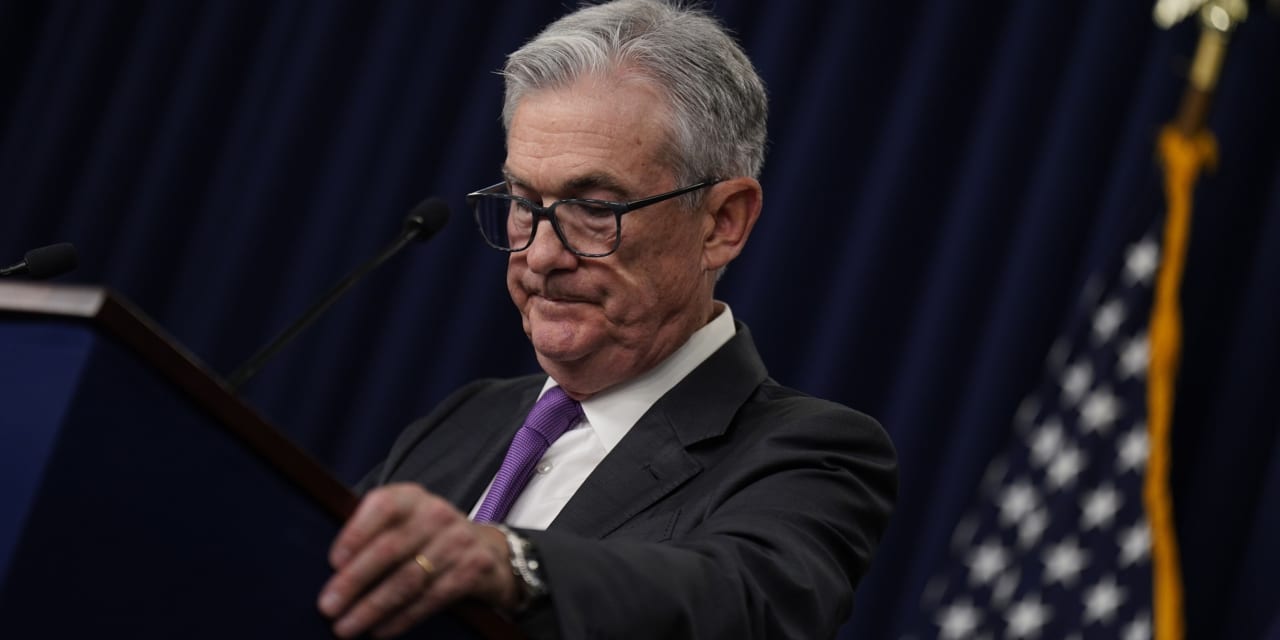The stock market is stuck. It hasn’t moved for more than a month. Of course, it’s inevitable that this inertia will grind to a halt, but chances are that investors won’t like the new direction—down.
For the impatient or the easily bored, the past six weeks have been frustrating. Since July 13, the
S&P 500
has traded from 4510 to roughly 4500. It flirted with higher and lower points, but settled on that sweet spot. For instance, the index hit 4607 on July 27 and dropped to 4370 on Aug. 17.
To be sure, tech stocks are closer to breaking out to new highs because the advent of artificial intelligence is driving higher profit growth, but most other names are in the middle of a range.
The
Invesco S&P 500 Equal Weight Exchange-Traded Fund
(RSP), which strips out the effect of Big Tech by weighting each stock in the index equally, is at $150—flat versus early July and in the middle of the $146-to-$155 range since then.
There are two ways to look at the market’s idling. One is to be disappointed that it hasn’t charged ahead. And yet, consider the headwinds, both at home and abroad.
The Federal Reserve has raised short- term interest rates 11 times in the past 18 months—and Chairman Jerome Powell has made clear any number of times that the central bank intends on keeping rates higher until inflation is back under control.
And the Chinese economy is still struggling, even after lifting its zero-Covid policy in December. Exports and imports are down, unemployment is skyrocketing, the largest property developers are teetering on the brink, the yuan is sliding, and Beijing is on the fence about stimulus.
These economic stumbling blocks pose a threat to corporate profits. Lower profits would ding an expensive market. When the S&P 500 nudged 4600, it was at about 20 times aggregate earnings per-share estimates for the next year—up from just over 16 times to start the year. The bump reflected optimism about earnings so weakness in the global economy could drag estimates—and the market—lower.
The thing is: The economic angst isn’t going away any time soon and the market wouldn’t get any cheaper if it went higher, making a selloff in the cards.
If the index falls below roughly 4300, the next “support” level is 4200. It finally rose above 4200 earlier this year when buyers rushed in. And it could fall to that level again—a roughly 7% drop from here—if the China outlook doesn’t improve much or if the U.S. economy gets weaker from any delayed fallout from higher rates.
Wall Street’s concern in a nutshell: “The economy is starting to lose forward momentum and…hard landing worries may start to rise between now and year-end,” wrote Sevens Report’s Tom Essaye, describing a scenario where the Fed reins in inflation but also throws the economy into a recession.
So knowing all this, what’s the course to take? For those looking to buy for the long haul, waiting for a meaningful drop is the way to go.
Write to Jacob Sonenshine at jacob.sonenshine@barrons.com
Read the full article here













Leave a Reply